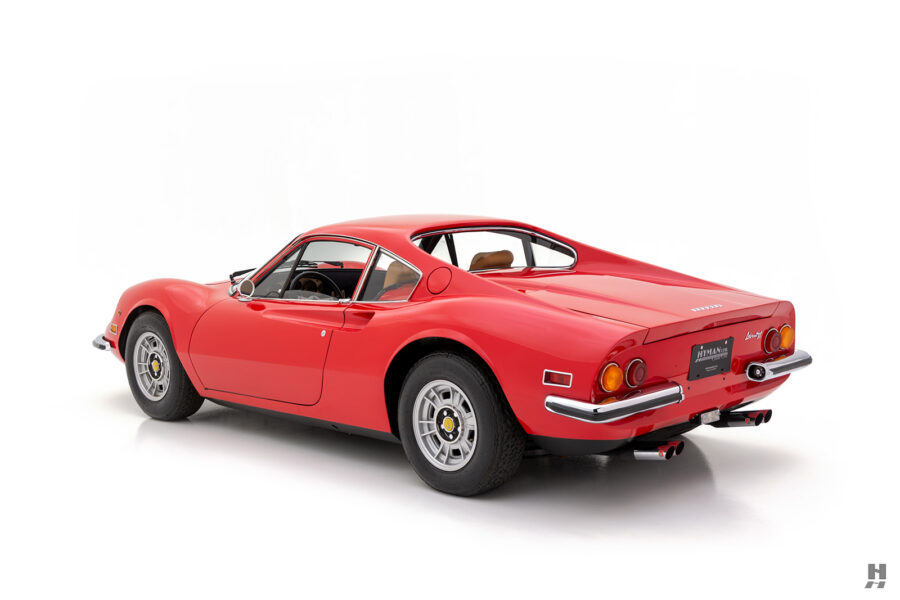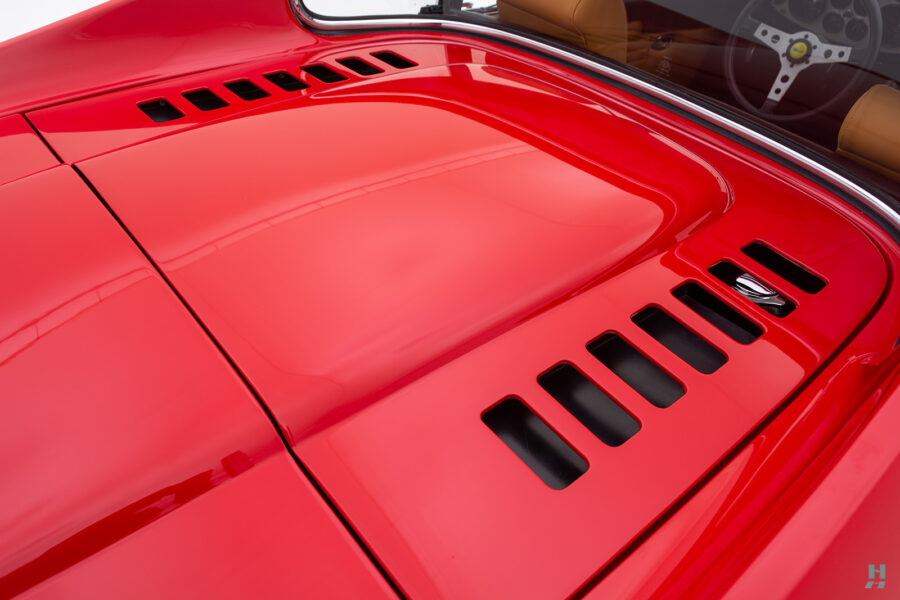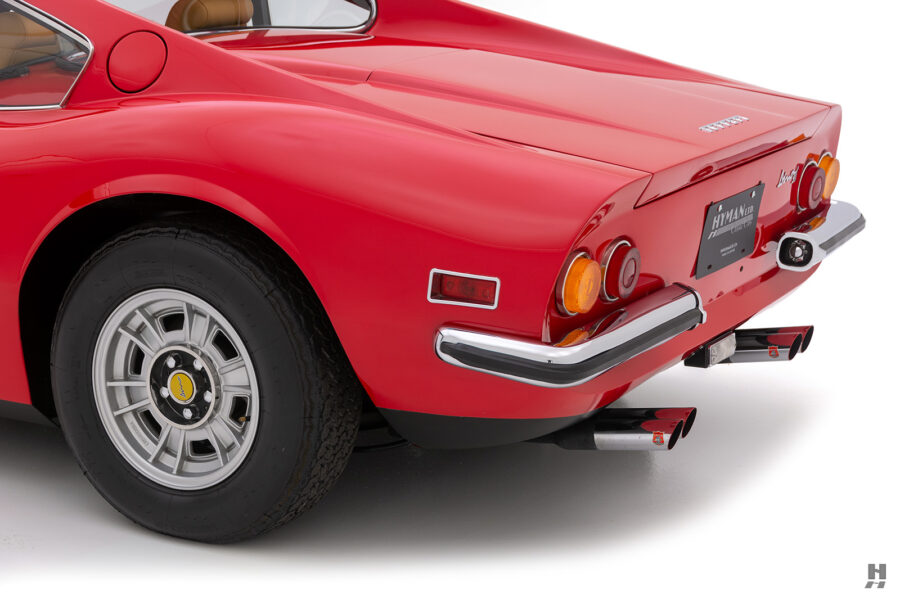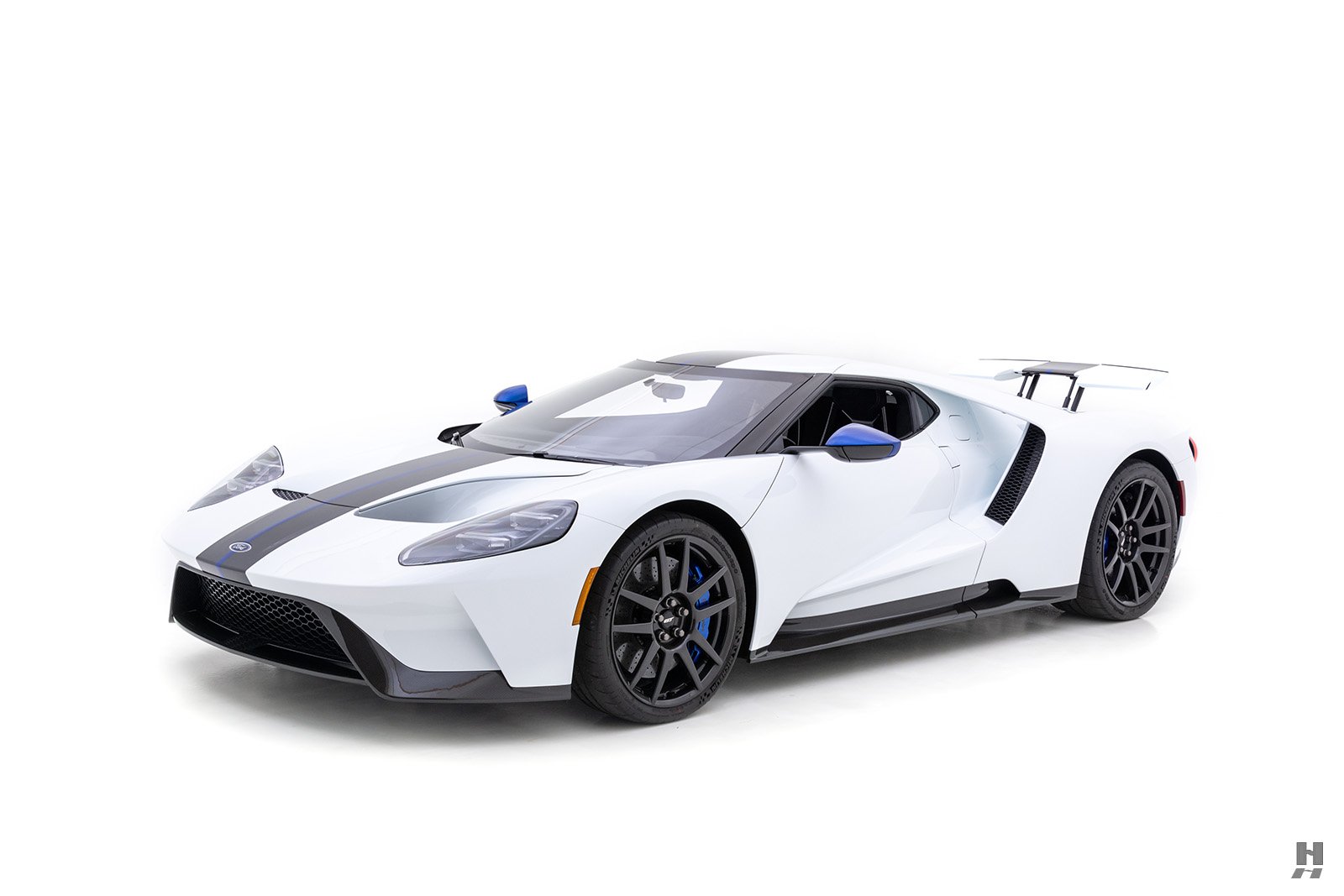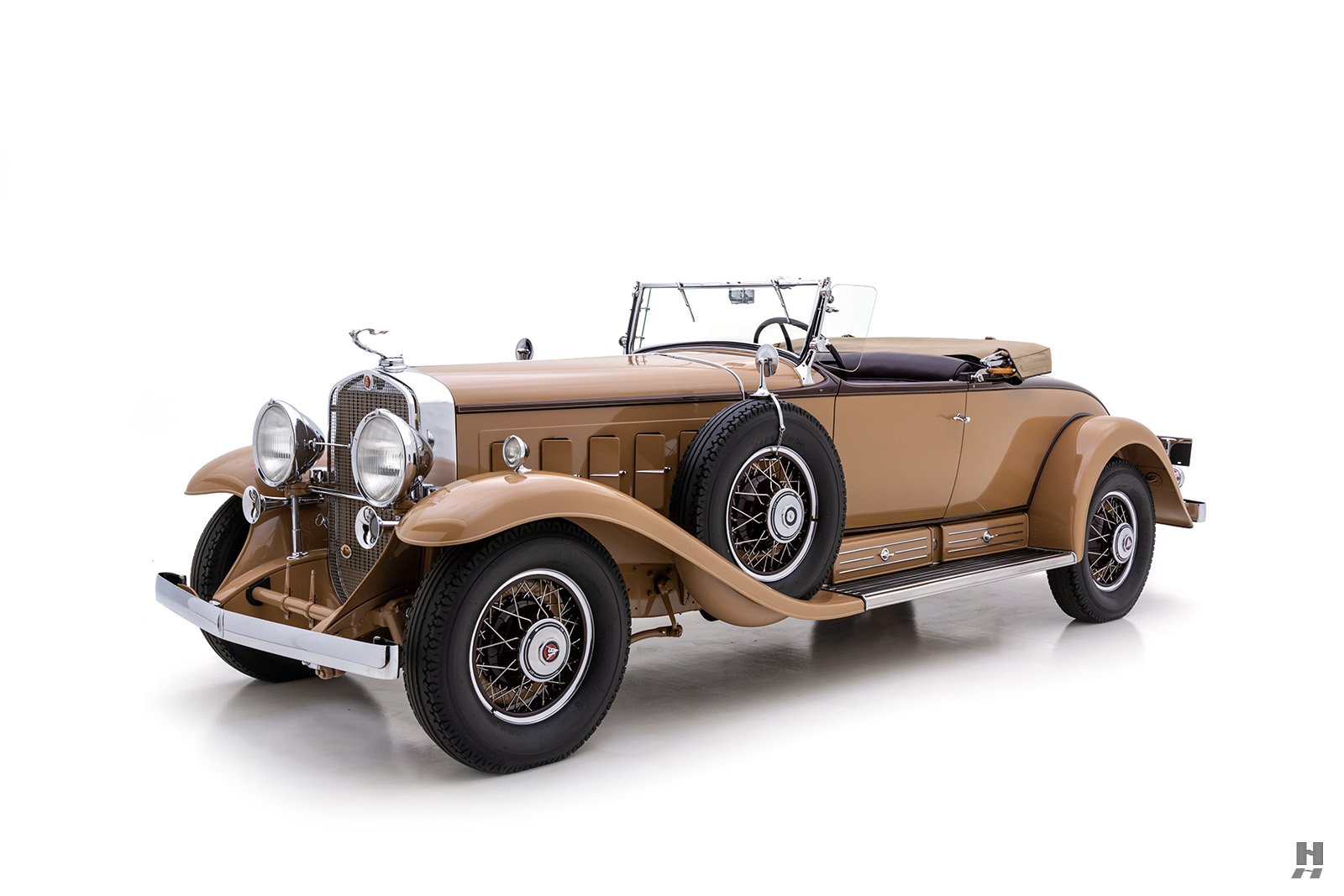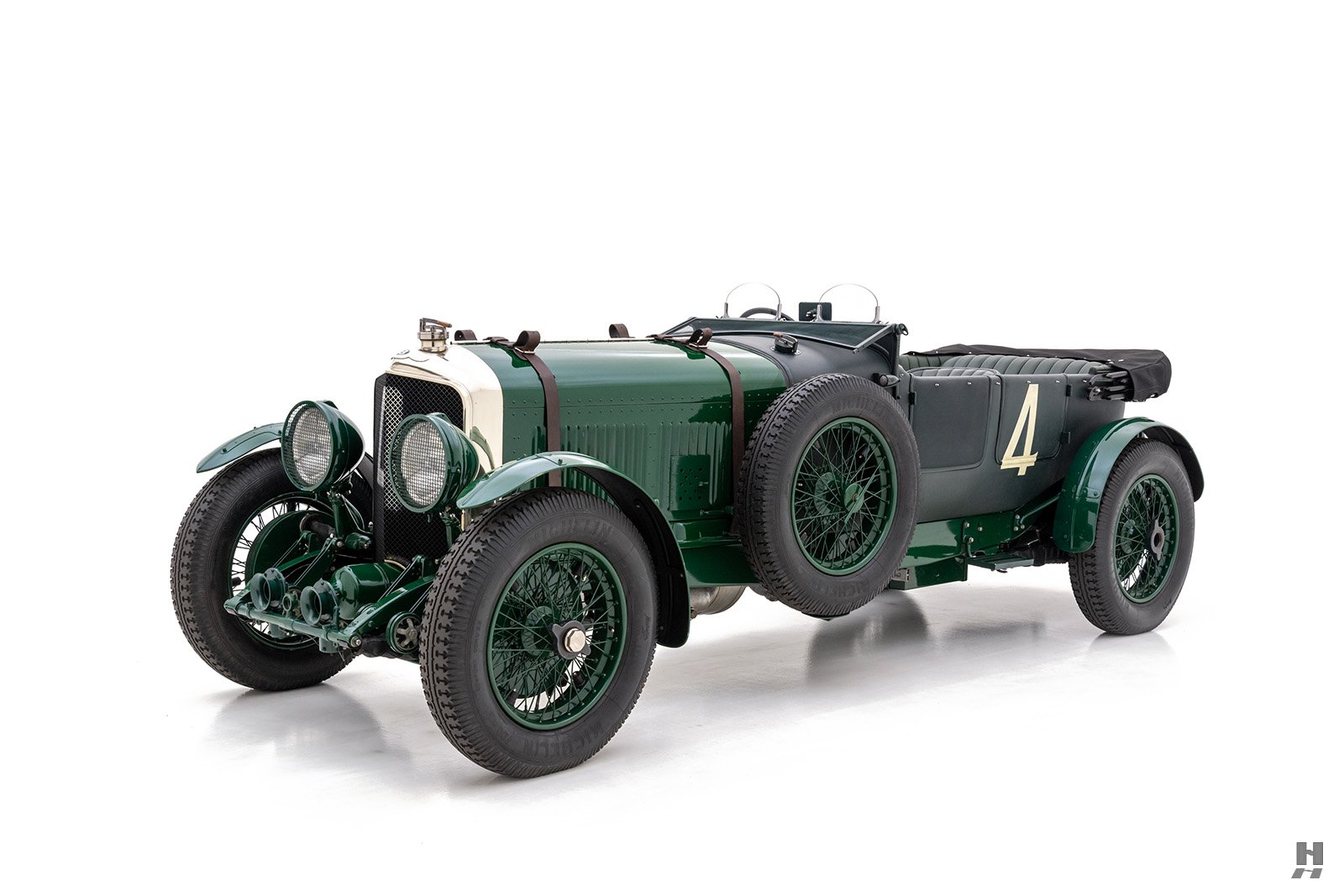In the late 1950s, Ferrari began developing a series of compact V6 engines for Formula 1, Formula 2, and sports racing cars. Enzo’s son Alfredo “Dino” Ferrari was a leading proponent of the V6 layout, playing pivotal roles in its design and convincing his father that the V6 was a viable project. The engine certainly proved itself, with Scuderia Ferrari and Phil Hill taking the 1961 Formula 1 World Championship with the 1.5-litre V6-powered 156. Sadly, young Dino suffered from muscular dystrophy and passed away in 1956, never getting to see his efforts come to fruition. Enzo dictated that all future Ferrari V6 engines would carry the Dino name on the cam covers as a personal tribute to his late son. Perhaps the ultimate recognition of Dino’s talents came in the late 60s when Ferrari announced a new V6 sports car that would become one of the most significant Ferrari road car projects of all time.
With the versatile V6 in the portfolio, talk of a junior-level Ferrari to take on the likes of Porsche and Jaguar resurfaced, even as the commercial failure of the ASA 1000GT was still fresh in everyone’s mind. Several prototypes and styling exercises hinted at what was to come, and the 2-litre Dino 206 GT production began in 1968. Aldo Brovarone and Leonardo Fioravanti penned the stunning body at Pininfarina, realized in aluminum alloy by Carrozzeria Scaglietti. The motorsport-inspired design utilized a tubular chassis and transverse, mid-mounted V6, making it the first volume production, mid-engine Ferrari road car. While it was fully developed in-house at Maranello, the car was marketed under the separate Dino brand name, devoid of all exterior Ferrari badging. After 154 vehicles, the 2.4-litre, steel-bodied 246 GT replaced the 206 GT. The buying public and motoring press alike fell head over heels for the 246 Dino, with near-universal praise for its gorgeous design, razor-sharp, kart-like handling, and superb engine. The Dino’s place in Ferrari lore is significant, as it signaled a shift toward industrialized volume production methods and showed the value of a mid-engine road car. In recent years, Dino values skyrocketed as collectors recognized this sublime little car for its importance and as one of the best driver’s cars in Ferrari history, despite never officially carrying the storied Prancing Horse badge.
The Dino 246 GT offered here is S/N 03440, an Italian-market E-series example imported to the USA in the late 1970s. According to marque historian Marcel Massini, this European-specification car was completed on February 23, 1972, and five days later, delivered to official dealer Motor S.a.s. di Carla Allegretti, in Rome, Italy. A few days later, on March 2, it was sold to Mrs. Margherita Oberto, also of Rome. In 1977, the Dino was sold through an Italian dealer, exported to California, and federalized with US-spec side marker lamps. By 1982, Mr. Chapman of Redondo Beach, CA owned 03440, and records show it had been refinished from its original blue to red. At some point the original engine was exchanged for a correct-spec replacement, though it is not clear if this was done in Italy or the USA. In 1984, Mr. Chapman sold the Dino to Mr. L. Scott of Citrus Heights, CA. Service records and a PPI report from the period note the car showed about 80,000 km (50,000 miles). Mr. Scott cherished his Dino for the next 29 years, entrusting nearly all of the service and maintenance to the respected specialists at John’s Automotive Center of Sacramento, CA, now known as Stewart’s Automotive.
In 2006, he commissioned a thorough mechanical overhaul, including a complete engine and transaxle rebuild to include a polished crank, machined heads, new valves, guides, and valve springs, new starter, rebuilt alternator, and new gaskets and seals throughout. In 2012, Stewart’s Automotive also rebuilt the steering, suspension, and brakes all around. A comprehensive, high-quality repaint was also performed around that time.
Late in 2013, 03440 found a new owner who continually improved it cosmetically and mechanically. Additional work included a beautifully restored interior with natural tan leather seats and a retrimmed dash. The carbs were rebuilt and tuned by Patrick Ottis, and the car was thoroughly detailed and dialed-in with an eye toward vintage rallying. The most recent custodian acquired 03440 in 2015 and enjoyed it sparingly in his tenure.
Today, this superb Dino GT is beautifully presented with outstanding Rosso Corsa paint, and the body exhibits consistent, even gaps and crisply defined lines. Lights and glass are excellent, as is the brightwork, which shows only minimal care-related polish marks. The cabin is restored to a high standard, with Daytona-style seat inserts, correct ‘mouse hair’ dash, and a proper leather-wrapped Momo steering wheel. It also includes a mount for analog chronographs and is pre-wired with a discreetly integrated Peltor rally intercom system – perfect for keeping up with your co-driver while driving flat-out on the Tour Auto. It is very well detailed, with correct fittings and finishes reflecting the knowledgeable hands that have maintained it through the years. The sale includes period-correct owner’s manuals, a reproduction tool kit, original jack, service manuals, and extensive service history. In late 2021, a Ferrari specialist performed a minor service and fitted fresh Michelin XWX radials on the original Cromodora alloys, ensuring it is on the button and ready to enjoy as the next owner sees fit.
The Dino 246 is heralded as one the greatest driver’s cars of all time – with sublime handling, a sweet, revvy V6, and a spectacular view out the windscreen! This superb example benefits from years of loving care and is the ideal Dino for spirited enjoyment on a wide range of driving events.
Offers welcome and trades considered
Sorry this car has been sold. Are you looking to buy or sell a car like this? Contact a representative
For immediate assistance please call us at +1-314-524-6000 or please fill out the following form and a member of our team will contact you.




